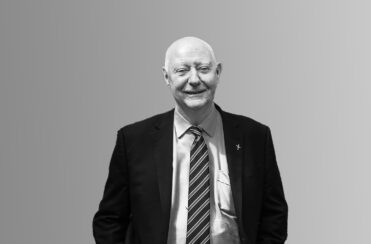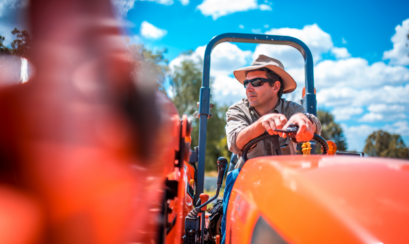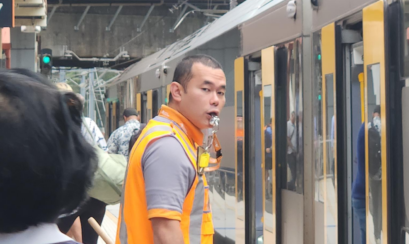All Australian states and territories now use both fixed and mobile automatic number plate recognition (ANPR) camera systems.
The New South Wales police force highway patrol was the first to trial and use a fixed ANPR camera system in Australia in 2005. In 2009 it began a roll-out of a mobile ANPR system, known officially as MANPR, with three infrared cameras fitted to its highway patrol fleet (since updated).
The system identifies unregistered and stolen vehicles, as well as disqualified or suspended drivers and other “persons of interest”, such as persons who have outstanding warrants. It detects number plate details and checks these against a massive data base that has been expanding exponentially.
ANPR capability to target vehicles exceeds capacity of human operators
The system is now capable of astounding, virtually instantaneous number plate detection, limited only by the ability of a human being to make use of the data arising from the checking of the plate.
Many people are fascinated by the incessant “pinging” noise emanating from inside a highway patrol vehicle when they have been stopped for various reasons. That is the sound of the cameras detecting plates on the system which are of interest to police for one of the reasons identified above. The operator can only deal with what is prioritised by the system, or dictated by their current duties.
Accuracy of technology and size of databases raises privacy concerns
There are many internet articles about ANPR. (See for example High-tech wheels give drivers blues, Police cars in NSW are getting smarter and Automatic number plate recognition in detail: We go on patrol with Queensland police.)
NSW has a slightly enhanced version relative to the Queensland system, tailored to specific NSW needs. The commonality is the staggering size of the state and national databases, matched by the incredible targeting ability of the cameras.
Privacy concerns and “big brother” aspects are increasing, but the usefulness for major criminal investigations is clear. The interrelationship between freeway, tollway, shopping centre and carpark ANPR systems is not far off.
Record of all vehicles registered to offending driver’s address
In the less esoteric atmosphere of the NSW local court, the more mundane uses of the technology arise very frequently. Those lawyers practising in the area became accustomed to clients being exasperated at their bad luck when pulled over for a “random breath test” which was positive, and generally not the first such breach.
Even those who drove their partner’s, mum’s, dad’s or housemate’s vehicle seemed unlucky. Most lawyers who work in this area have taken to educating their clients by giving them copies of news items such as the ones listed above.
Drivers who have been caught once seen as likely to reoffend
All Australian drivers need to be aware of the power of ANPR technology. The fact is that if you are caught drink driving, drug driving, or driving while disqualified or unlicensed, then the police seem to think you may do it again – but maybe not in your car.
So, the system is updated with all the details of your conviction, the vehicle you were driving and the details of all vehicles registered to the same address as you. Ping! Ping! Ping! You may be caught out, or those driving the other vehicles may be selected for random breath testing (RBT) based on the ANPR.
Despite all the information about ANPR available in the news and on the internet, drivers relentlessly get caught again and again, demonstrating that they continue to underestimate the effectiveness of this technology.
ANPR will track you down if you’ve ever been caught before
There is an increasing outcry against RBT being used for other purposes, but it is a blurry area that will not be resolved quickly. The best defence, whilst that war rages, is not to get caught the first time and to realise that the odds of being caught a second time have been mightily increased by ANPR if you do.
For more information please see Almost twenty years on, ANPR technology still surprises unwary drivers.














